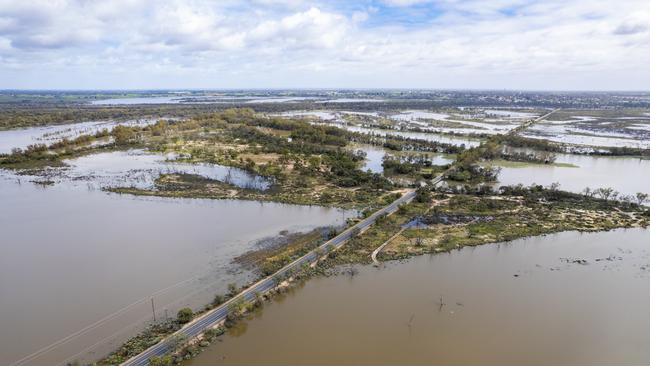8km of military-style flood barriers to be erected to protect SA’s River Murray communities
Thousands of metres of military-style flood barriers will be erected across the River Murray region in a bid to stop damage from surging flows now creeping into SA.
SA News
Don't miss out on the headlines from SA News. Followed categories will be added to My News.
Almost 8km of military-style flood barriers will be erected in a series of great walls across the River Murray region in a bid to stop damage from surging flows now creeping into South Australia.
The DefenCell modules, normally used to protect military installations, will be deployed in various configurations, ranging from 60cm to 1.35m high.
Ranging in length from 4.5m to 4.9m, the barriers have been sourced from within Australia (750m), India (3km arriving later this week) and Italy (4km arriving later this week or early next week).
State Emergency Service chief officer Chris Beattie told The Advertiser the final locations were yet to be fully determined. However, the first barrier would be about 320m long at Nappers Bridge, Lake Bonney. It would be erected today.
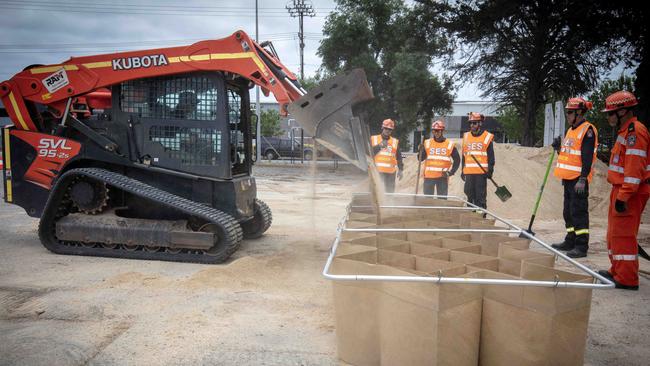
Other installations have been earmarked for Mannum’s main street and the sports area around Murray Bridge Rowing Club. There also will be sites near Cobdogla and Morgan. Mr Beattie said updated modelling reinforced the uncertainty of flooding events but remedial levee works were progressing “very well”.
“We’re also doing quite a bit of work with a range of councils to look at new temporary levee structures to protect towns like Mannum and Morgan, along with additional works at Lake Bonney and also Cobdogla to minimise impacts to the communities and to some essential infrastructure,” he said.
“The structure around Lake Bonney will be a combination of a traditional earthen levees and a deployment of DefenCell flood barriers.
“We’re also looking at a large new levee in Mannum, which will be around the front of the caravan park, across the ferries near the Mannum Dock Museum, around the visitor centre and then up the main road to the bowling club.
“We’re also working with the council for an additional levee in relation to the Morgan Caravan Park. Cobdogla is another area where some additional works will be undertaken to protect some permanent residents.”
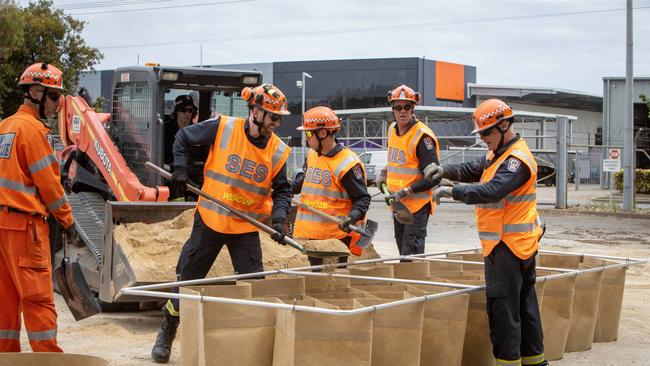
Mr Beattie said the Lake Bonney location for the DefenCell’s first deployment was chosen to protect “high-value assets” and “essential infrastructure” following discussions with the Environment Department, SA Power Networks, SA Water and councils.
Initial deployments will be focused in the Murray Bridge, Mid Murray and Berri Barmera council areas. The modules can be stacked in various configurations, but Mr Beattie said they were unlikely to be erected beyond 1.35m high.
“Depending on the asset, we can configure the right product to provide optimal protection,” he said.
Mr Beattie said he was confident of sufficient sand supply, which would be ordered as barriers were deployed.
The DefenCell barriers, which will be filled using front-end loaders and Bobcats, will not be able to be redeployed to other high-risk areas once floodwaters have subsided. The works are in addition to sand bags being available at five permanent locations across the Riverland, with 11,500 distributed at the weekend and the community accessing 110 tonnes of sand every day.
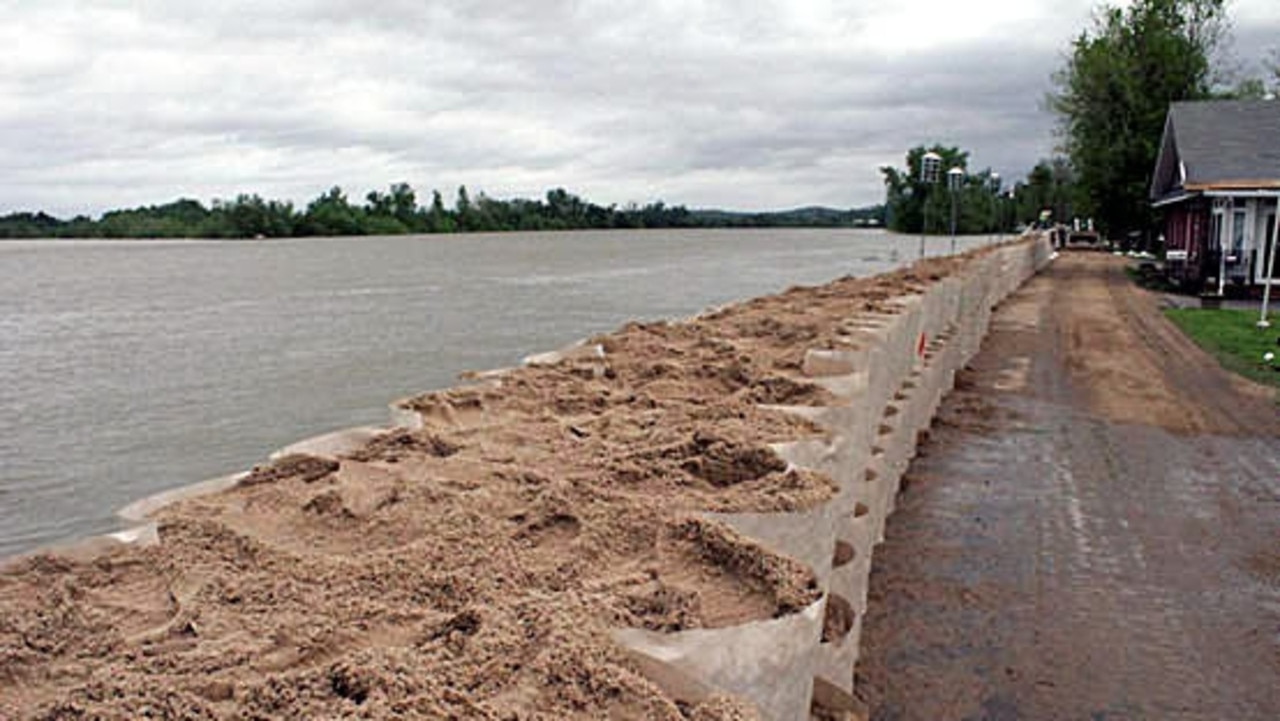
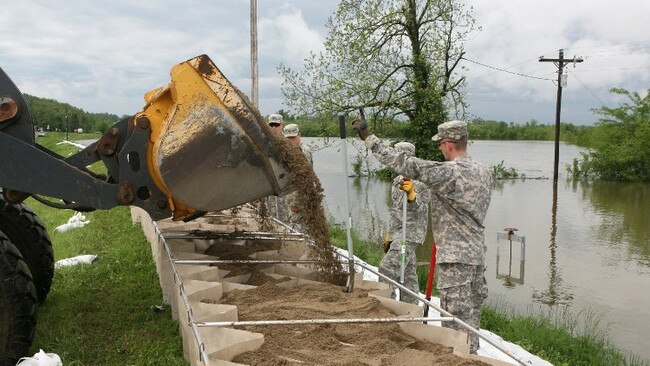
Premier Peter Malinauskas said with the government now looking at building new levees, “it means more money, which we are ready to contribute towards, if not fund, exclusively”.
Loxton community historian and plant pathologist Peter Magarey said the rising river levels would “for sure” mean another marker on the Tree of Knowledge.
“The water has already risen up past a number of the previous floods and is heading towards the 1931 level,” Mr Magarey said.
“The general feel around Loxton is that we’re okay … generally people are not anxious about the flood itself, but what’s going to be very disruptive is the access to Berri.
“Floods generally don’t affect us directly but the secondary effects of disrupting community services, which we normally get from Berri or Renmark, or elsewhere, and the sporting facilities, they are our primary concerns at the moment.
“Loxton will be in trouble if those levels get above 200 gigalitres. We can handle 200GL, I think, but if it gets to 220GL, then we’re probably exceeding our limits and it could be a problem.”

